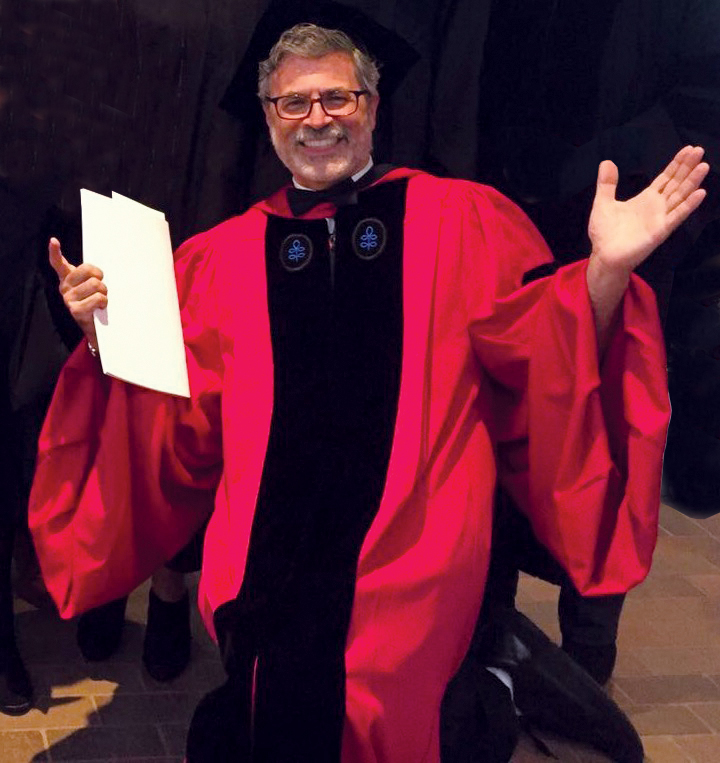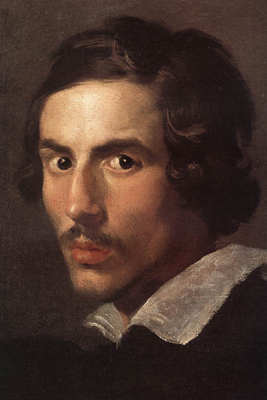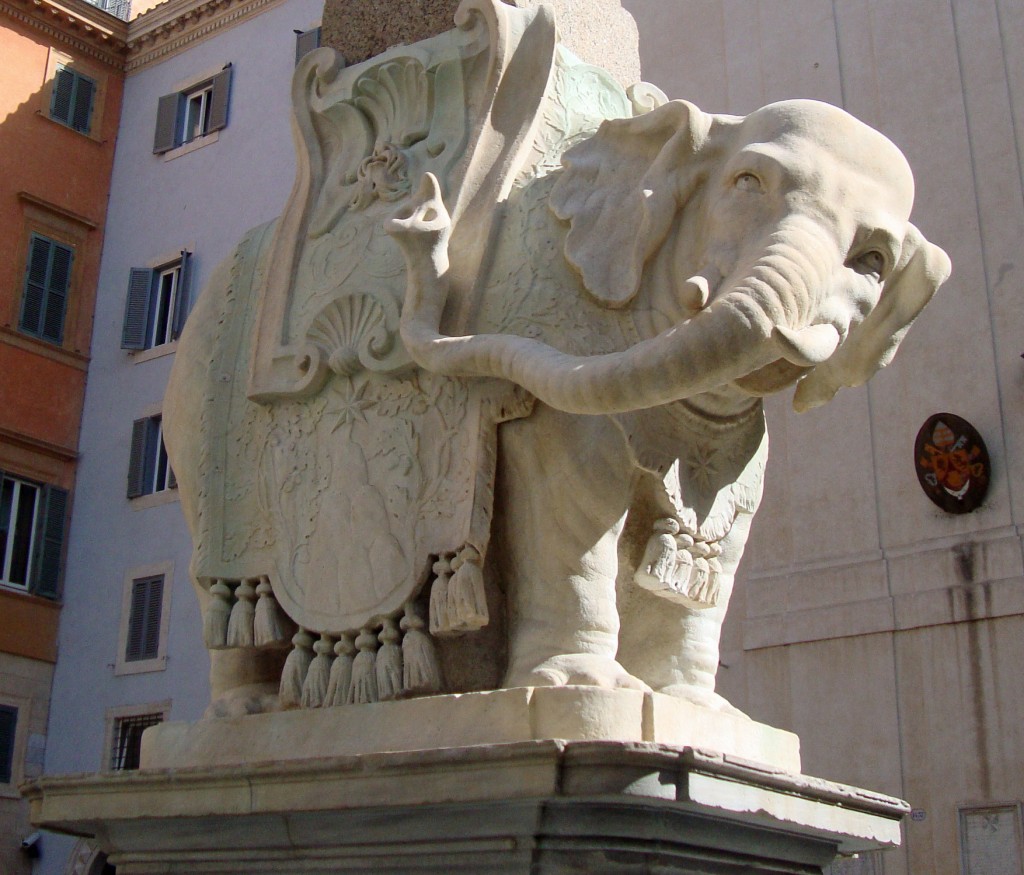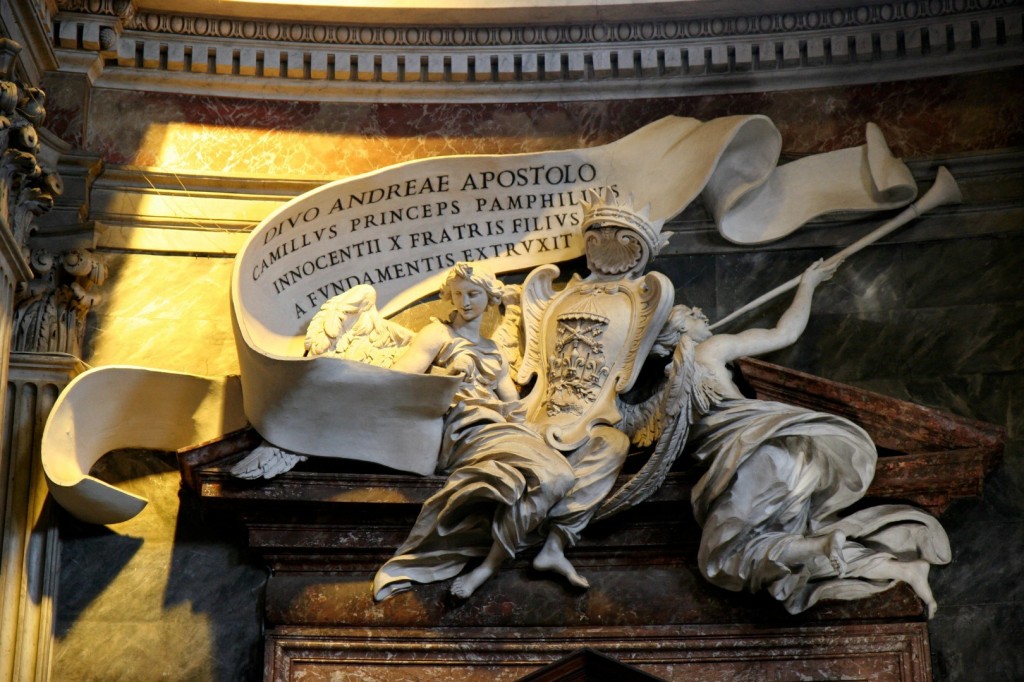GIAN LORENZO BERNINI
Sculptor, architect, painter, urban planner, playwright, stage director, set designer, and actor, GIAN LORENZO BERNINI (1598-1680) was the last of the universal geniuses of early modern Italy, placed by both his contemporaries and posterity in the same exalted company as Leonardo da Vinci, Raphael, and Michelangelo. Thanks to his Fountain of the Four Rivers in Piazza Navona, his statue of Saint Teresa in Ecstasy in Santa Maria della Vittoria, his grand colonnade of St. Peter’s Square, and the scores of his other captivating works of art and architecture, Bernini ranks today second only to Caravaggio as the most popular celebrity-artist of Baroque Rome.
In the history of Western art, Bernini counts as one of the most influential artists of all time. Certainly no other artist has left so large, so enduring and so delightful a mark on both the city’s physical appearance and pervasive emotional tenor. Bernini’s artistic vision remains palpably present today through the countless statues, fountains, buildings, public squares and other works of his design that transformed Rome into a dazzling Baroque theater that continues to enthrall tourists.
During Bernini’s long lifetime, Rome was the preeminent cultural capital of Europe; it was a period of uncontested glory that the city had not known since the fall of the Roman Empire. After its thousand-year post-imperial decline, Rome had resurrected once again, magnificently rebuilt and lavishly embellished by its papal princes.
Today’s Rome, so beloved by millions of tourists from the world over, is essentially a Baroque city and as such is to a large extent the handiwork of Bernini and his many disciples. One cannot truly know Rome of the twenty-first century without coming to know Bernini and Rome of the seventeenth.




